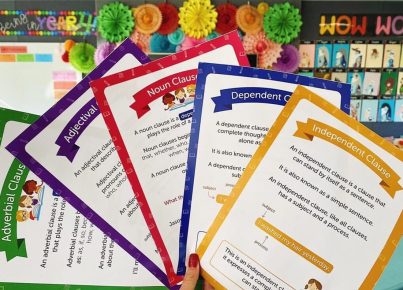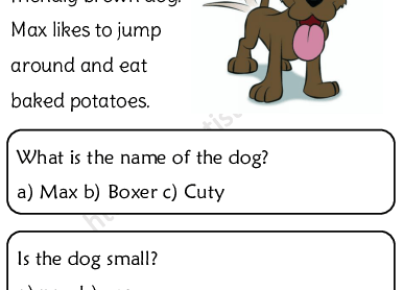Teaching poetry through the creation of mini-books is an engaging method that combines literary appreciation with hands-on creativity. This innovative approach not only helps students to understand and enjoy poetry, but it also encourages them to express their interpretations artistically. Here’s a guide on how to facilitate this enjoyable educational activity.
Step 1: Introduction to Poetry
Begin by introducing students to various types of poetry—haikus, free verse, sonnets, and limericks. Dive into the elements that make up poems such as rhyme schemes, meter, and literary devices. Encourage students to read different poems aloud and discuss the emotions and imagery evoked by the words.
Step 2: Choose a Theme
Have each student select a theme for their mini-book. It could be based on emotions like joy or sadness, nature themes like seasons or animals, or any topic they are passionate about. This will give a cohesive feel to their mini-book and provide focus for their creativity.
Step 3: Writing Original Poetry
Guide your students in writing their own poems around their chosen theme. They may write multiple short poems or one longer piece depending on the length of the mini-book they intend to create. Offer prompts or poetic starters if they feel stuck.
Step 4: Planning the Mini-Book
Next, teach them how to structure their mini-book. Show them how many pages they need and help them decide which poems go where. They should also think about leaving spaces for illustrations or additional decorations that complement their poetry.
Step 5: Crafting the Mini-Book
For crafting the books, provide materials like construction paper, scissors, glue, markers, and any other decorative items (stickers, fabric scraps, stamps). Show them how to fold the paper to make a book or staple pages together if necessary. Ensure everyone understands the process before beginning.
Step 6: Illustrate and Decorate
Now it’s time for students to bring visual life to their poetry! They can draw illustrations that depict scenes from their poems or use abstraction to convey their poem’s mood and themes artistically. Decorating also serves as an interpretative exercise – how does one translate text into image?
Step 7: Share with Peers
Finally, organize a session where students can share their mini-books with classmates. They might want to read some of their poems aloud and explain the illustrations or designs they chose. This sharing promotes public speaking skills and provides an opportunity for feedback.
In blending literature with arts and crafts, this teaching strategy enriches students’ understanding of poetry while providing a tangible product they can be proud of. It fosters creativity at many levels—through writing, designing, and sharing—making poetry an accessible joy for all learners.





